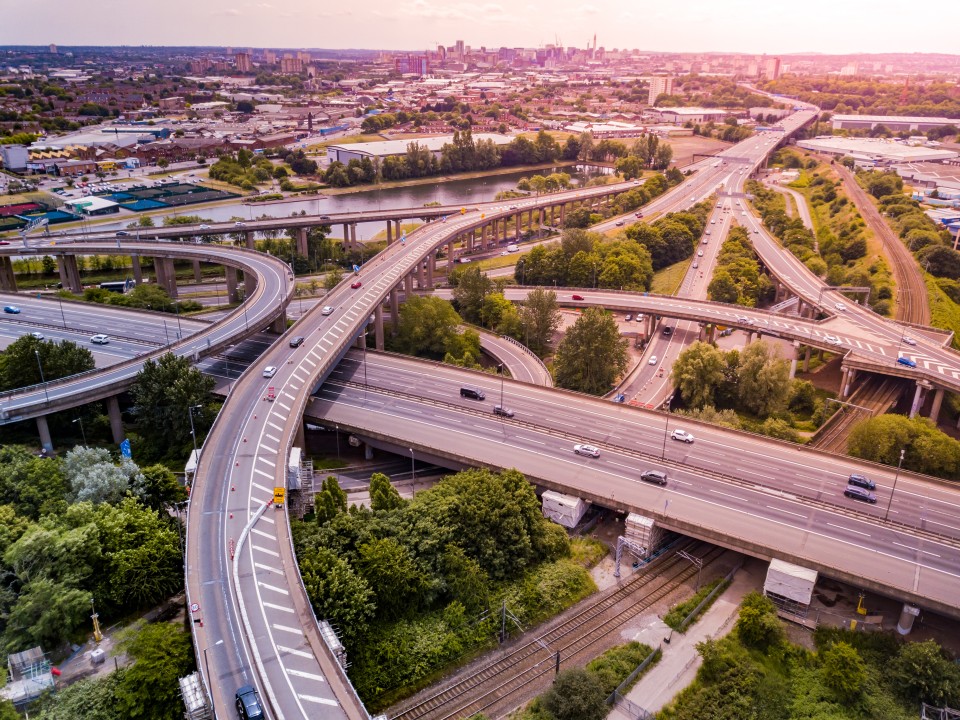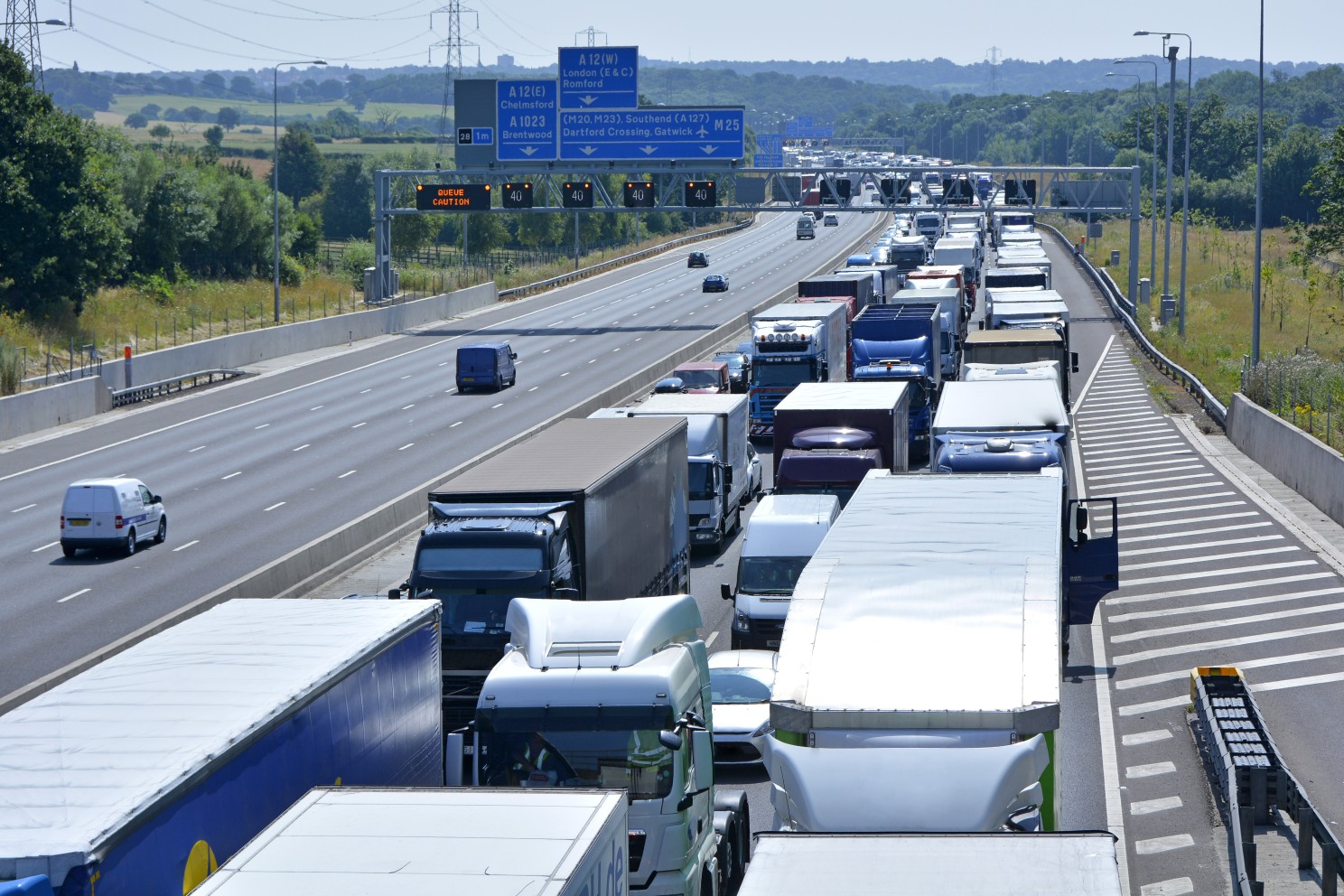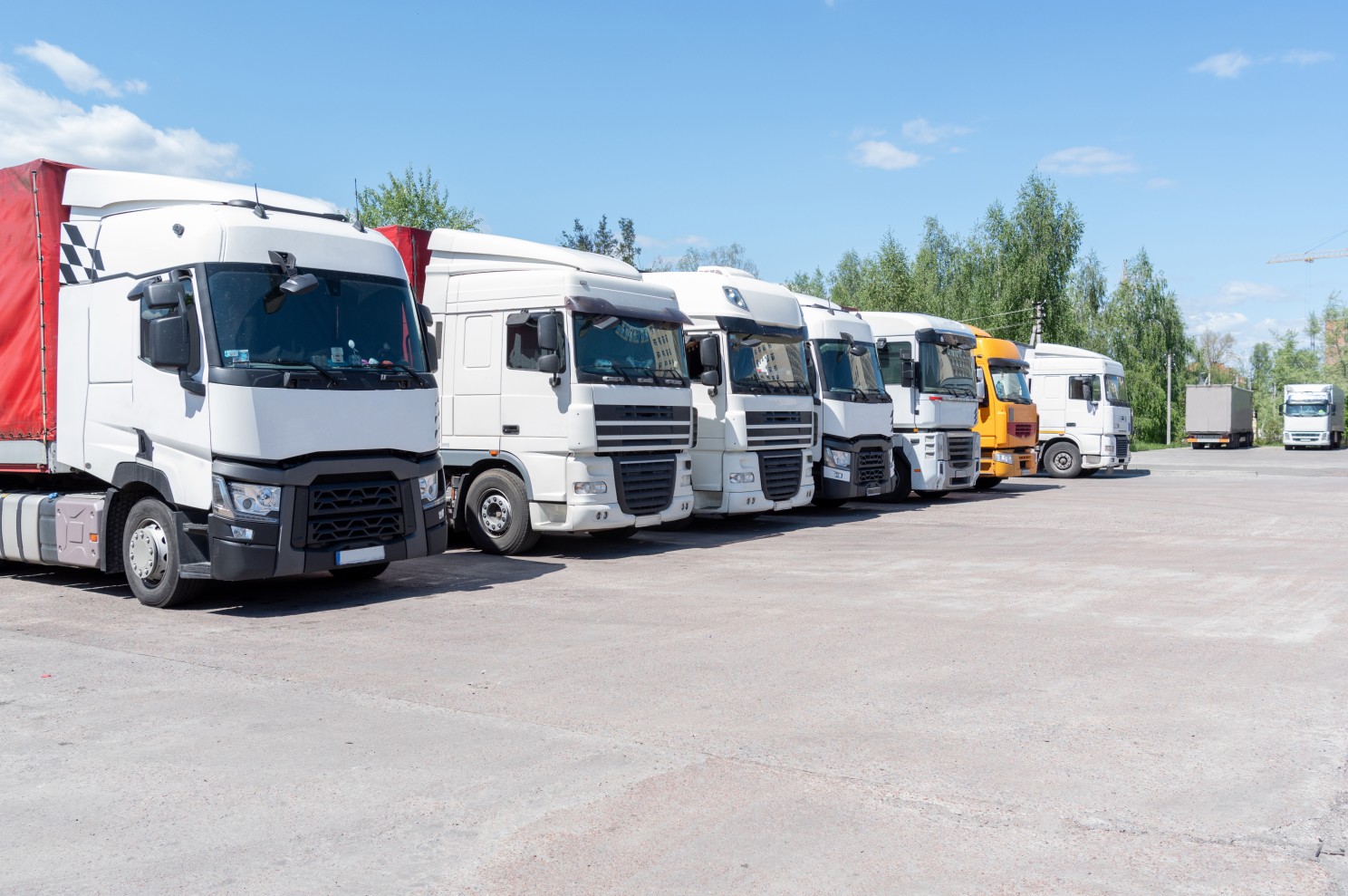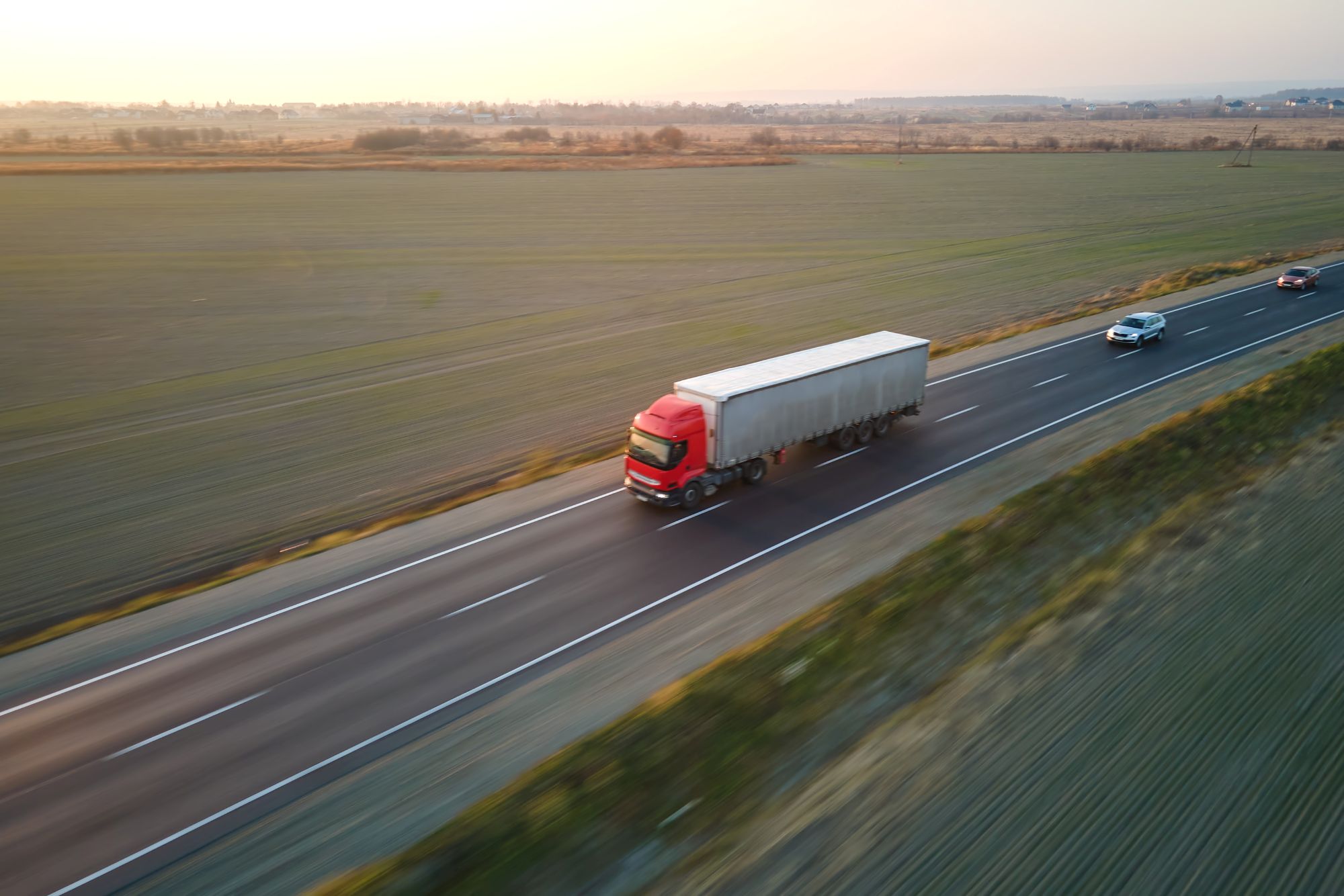
Susie Jones
Réseau Nord : Quels sont les avantages pour les chauffeurs routiers ?
Créée: 12/08/2024
•
Mise à jour : 12/08/2024
Au début du mois d'octobre, le gouvernement a annoncé son intention de supprimer HS2 et de réorienter les fonds vers l'amélioration des infrastructures de transport du pays - un projet connu sous le nom de Network North. Le projet prévoit 36 milliards de livres sterling pour améliorer les grands axes routiers qui sont devenus une pomme de discorde pour les conducteurs. L'annonce en a surpris plus d'un, mais qu'est-ce que cela signifie pour les chauffeurs de camions qui traversent sans cesse ces routes ?
Projets d'amélioration des routes existants
Le gouvernement augmentera le financement de la plupart des grands réseaux routiers existants et des grands projets routiers locaux. Ces projets passeront d'une contribution de 85 % à 100 % afin de garantir leur réalisation. Une liste des [projets d'amélioration des routes] (https://www.gov.uk/government/publications/network-north) est disponible sur [gov.co.uk] (http://gov.co.uk/). Le financement supplémentaire de ces projets améliorera l'efficacité des routes dans tout le pays.
Projets de réseaux routiers stratégiques
Le réseau routier stratégique vise à réduire les embouteillages et à faciliter les déplacements de ceux qui empruntent fréquemment les routes. Une avancée bienvenue pour les chauffeurs de poids lourds, pour qui l'immobilisation dans le trafic est devenue la norme.

Le Nord
M6 Junction 15 - L'un des tronçons routiers les plus fréquentés du Royaume-Uni, emprunté par plus de 127 000 véhicules par jour, souffre depuis longtemps d'embouteillages importants et de temps de trajet imprévisibles. Les virages serrés de la bretelle se sont révélés difficiles pour les chauffeurs de camions, provoquant des renversements et des retards accrus. Les changements promis devraient réduire les embouteillages et améliorer la sécurité du carrefour.
Deux projets dans le quadrant nord-ouest de Manchester - La M60 est empruntée chaque jour par 180 00 des navetteurs et des conducteurs de longue distance. Les projets du quadrant nord-ouest ont pour but de contourner les autoroutes J12-J18 et de remodeler les jonctions 12, 13 et 14. D'autres ajouts, tels qu'une route de liaison vers l'A57 et des améliorations de la capacité des carrefours 9, 10, 17 et 18, permettront d'améliorer les embouteillages et la durée des trajets.
A1 entre Morpeth et Ellingham - Le tronçon de 12,8 miles a connu des retards de développement depuis sa proposition. Cependant, le projet Network North vise à mettre en œuvre le développement en élargissant le tronçon de route, ce qui améliorera le temps de trajet, la sécurité et la résilience.
Midlands
Points de congestion de l'A5 entre Hinckley et Tamworth - Bien que de plus amples détails n'aient pas encore été communiqués, il a été suggéré que le désengorgement serait un élément important de leurs plans.
Amélioration du corridor A50/A500 entre Stoke et Derby - Avec des vitesses moyennes aux heures de pointe inférieures à 20mph, cet itinéraire s'est avéré lent et peu fiable pour les chauffeurs de camions et les navetteurs. Le projet de Network North devrait permettre
Créer 17 760 nouveaux emplois d'ici à 2061
Voir une augmentation de la population de [21 538] (https://www.midlandsconnect.uk/projects/roads/a50a500-corridor/) dans la région d'ici 2061
Augmentation de la valeur ajoutée brute (VAB) de [12,04 milliards de livres sterling] (https://www.midlandsconnect.uk/projects/roads/a50a500-corridor/) au cours des 60 prochaines années.
Sud-Est
- A2 Brenley Corner - Connu comme le carrefour le plus encombré du Kent, Network North promet d'investir dans cette zone, ce qui est une excellente nouvelle pour les camionneurs qui se rendent à Douvres. De plus amples détails concernant les plans de développement n'ont pas encore été communiqués. Toutefois, des projets d'amélioration de Brenley Corner sont à l'étude depuis 2021.
Écosse
- Amélioration de l'A75 entre Gretna et Stranraer - L'A57 a grand besoin d'être doublée, car les chauffeurs de camions sont actuellement limités à une vitesse de 40mph, ce qui provoque des embouteillages et de longs retards. En tant que liaison ferry cruciale entre l'Irlande du Nord et la Grande-Bretagne, les chauffeurs de camions qui utilisent cette liaison bénéficieront grandement de ce projet.

L'amélioration de l'infrastructure routière réduira les embouteillages, ce qui permettra aux conducteurs de camions de gagner un temps précieux et de réduire leurs dépenses en carburant, contribuant ainsi à accélérer les délais de livraison. Le projet Network North vise à améliorer la vie des conducteurs de camions et des autres usagers de la route en renforçant la sécurité et en améliorant l'efficacité.
Combien de personnes réussissent leur examen de conduite dès la première fois ?
Selon un rapport de [Statista] (https://www.statista.com/statistics/301439/lgv-practical-driving-tests-taken-and-passed-in-the-united-kingdom/#:~:text=The%20pass%20rate%20was%20consistently,58%20percent%20by%202020%2F2021.), entre 2007 et 2021, le taux moyen de réussite à l'examen pratique du permis de conduire était d'environ 50 %. Les données de [gov.co.uk] (http://gov.co.uk/) montrent qu'en 2022-2023, 75,9 % des hommes au Royaume-Uni ont réussi leur examen LGV, contre 75,9 % des femmes.
La conduite d'un camion est-elle stressante ?
Comme dans toute profession, certains aspects sont stressants. Les longues heures passées loin de leurs proches peuvent être source de solitude et d'isolement pour de nombreux chauffeurs. En outre, la conduite d'un camion est parfois un travail sous pression, avec des délais de livraison serrés et des conditions météorologiques imprévisibles.



